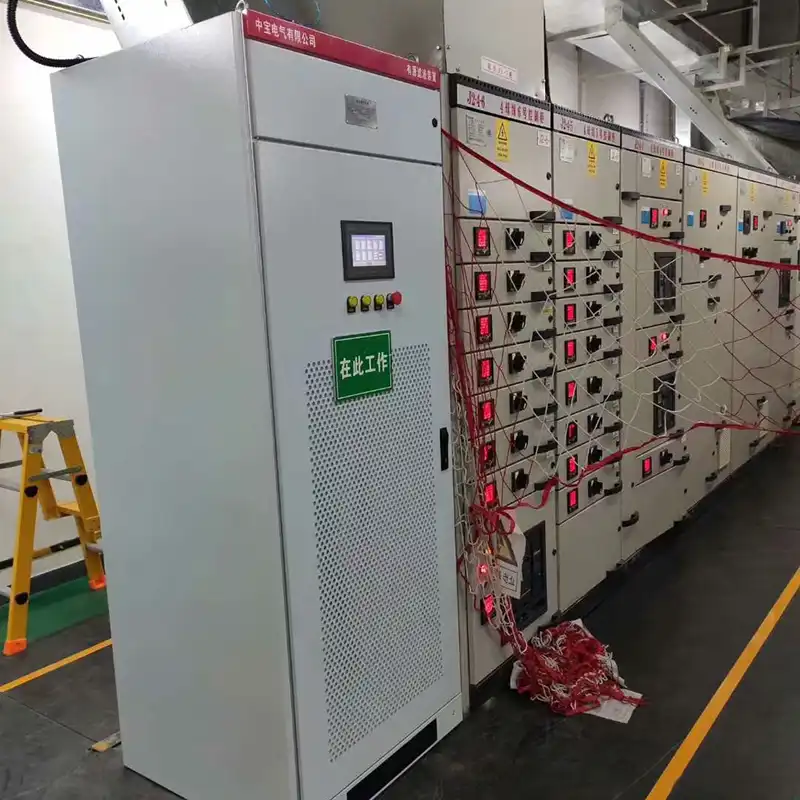How to avoid losing money on your electricity bill
By adopting energy-efficient equipment that consumes less energy, we may simply avoid the electricity fines. Electricity fines frequently have low power factor values. The principal power bill has four components: tax, electricity penalty, demand charges (in kW), and energy charges (in kWh).
Working to save oneself from unneeded fines is not a difficult undertaking. Many things will fall into place after you learn to repair your low power factor by using power factor correction. It saves a significant quantity of energy and current supply, lowering the company’s overall energy costs and operating expenses.
The most major energy savers are conservation voltage reduction and harmonic solutions. It not only saves energy but also increases the system’s overall capacity and longevity. It leads to financial advancement and protects you from the additional electricity penalty.
Why do utility companies charge power factor penalties?
The power factor is the kW/kVA ratio. When it comes to the electricity penalty, some utilities only apply it to clients that have low power factors. Other utilities, on the other hand, make the electricity penalty familiar to all consumers in order to compensate for their loss. They boost the kW demand rates and the kWh for each client in the second medium.
They do pay for the additional installation costs of power factor correction banks at substations. The question now is why clients are paid a fee for having a poor power factor. To answer this, we must have deep knowledge about what happens when we have the typical low power factor. Any loads or motors having a low power factor indicate their need for extra reactive power.

This increased power is generally compensated for by the capacitors themselves. In such instances, the utilities are overwhelmed with supplying more current and kVA rather than what they already give, i.e., PF with an optimal strength of unity 1 or close to it. The rating of such devices is expressed in either amps or kVA.
As a result, utilities overcharge current via these wires and other devices to compensate for devices with poor power factors. These utilities levy the Electricity Penalty for this additional supply of current.
It is the primary reason why consumers with poor power factor devices face significant electricity penalties. In contrast, these utilities offer incentives to consumers who have a high power factor.
How can implementing the Effective Ways to Avoid Electricity Penalty?
Checking the overall amount of energy spent by the gadgets is one of the most effective ways to avoid the electricity penalty. It would be beneficial if you reduced the amount of energy used during equipment installation and building control system operation.
These intelligent building control technologies push existing technology or the most recent instruments to consume the least amount of energy. This is attainable with the use of lighting control, load management technologies, and smart thermostats. You can also utilize energy-efficient tools.
LED lights, energy-efficient transformers and motors, and variable frequency drives (VFDs) are examples of such technologies. Incorporating all of these techniques with your existing technology will boost system productivity by fixing the low Power Factor. It will save the firm a significant amount of money, resulting in a lower undesired electricity penalty.



